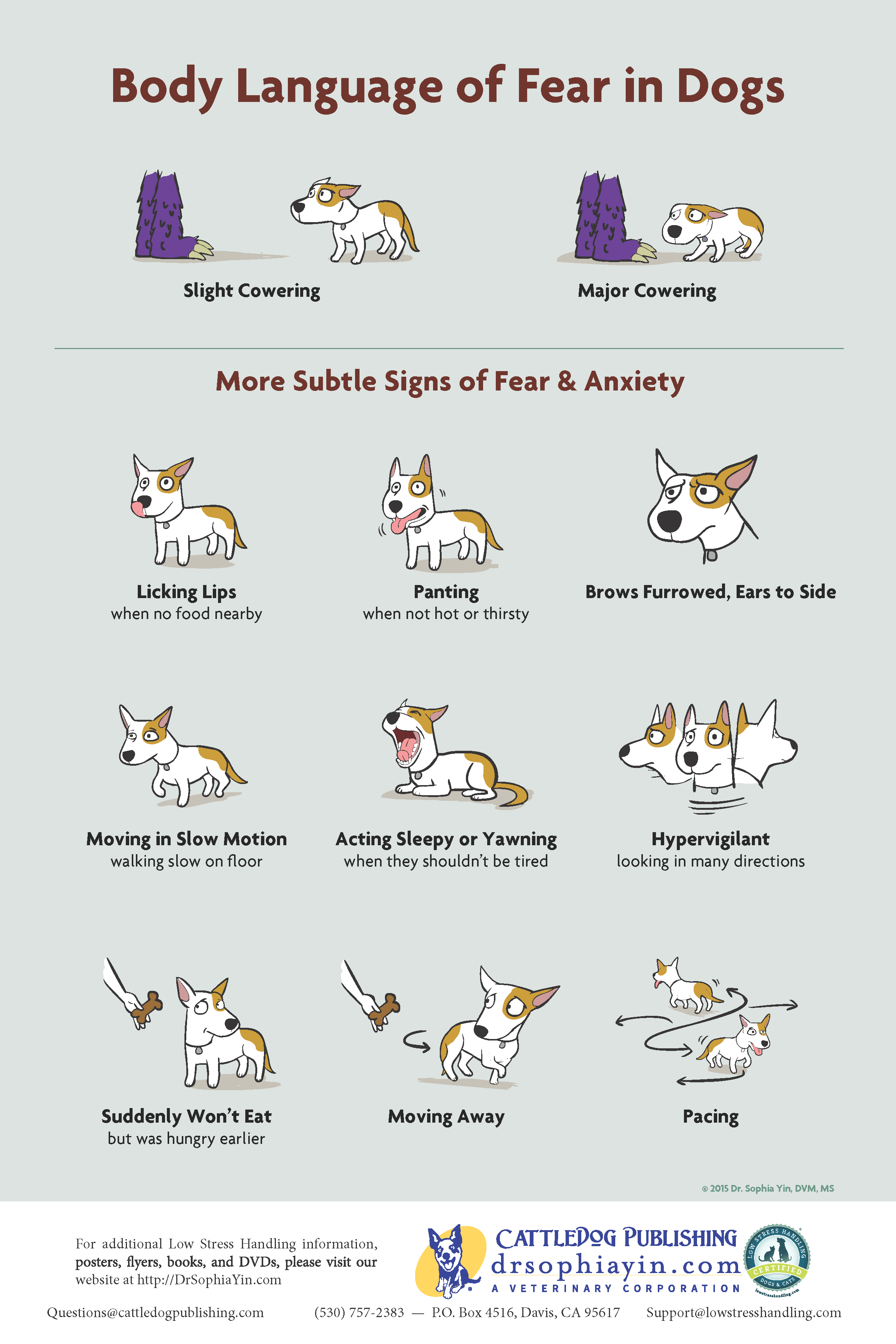Reducing Stress at the Vet
by Dr. Noelle Weeks, Veterinarian, Veterinary Resource Center of the Humane Society of Harrisburg Area
Doctor visits can be stressful for humans and animals alike. If your pittie, or any dog for that matter, has stress at a vet visit, bad memories are created that affect future vet visit which cause further stress. If your dog is too stressed, it affects how well a veterinarian can perform a thorough physical exam. This means your veterinarian has less information to determine your dog’s health. As a dog owner, there are things you can do to help reduce some of the stress associated with visits to the veterinary office.
An important way to help your dog feel less stress at the veterinary office is to make sure your dog is properly socialized. This helps to reduce fear to new situations, new places, and new people. To socialize your dog, you should start by gradually going to new places. You should start going to places with minimal stimulation. As you see your dog happily exploring these areas you can start to go to busier places with more movement, noise and people.

You need to be able to recognize when your dog seems stressed. This poster at the end will show you the various signs of stress your dog can display. If you take your dog to a new place and you see any of these signs, you should move your dog away from what seems to be causing the stress until you see signs your dog has relaxed; your dog may be telling you that you need to make smaller changes to get to that new place in order to keep your dog from stressing. For example, if you put your dog in the car to take him to the park and he lays flat on the seat and keeps his head as close to the car sit for the entire ride to the park, your dog is letting you know that the car ride is stressful. If your dog travels well in the car but when you get to the park, as you walk towards another person or dog and your dog stiffens and cowers, your dog is telling you he is anxious and you should veer away from the person or dog. It is helpful to bring really tasty treats with you when you take your dog anywhere new. If your dog is anxious or afraid, your dog probably won’t eat treats; you can use this as a gauge of your dog’s feelings.
Another way to help your dog feel less stress at the veterinary office is to make your dog feel comfortable with having its entire body touched and handled. As pet owners, we commonly pet our dogs lovingly. But seldom do we hold our dogs head still with a hand over the eyes and a hand under the chin. This is something that happens during a vet visit. You also want to have your dog comfortable with having its mouth examined by having the lips pulled up and out. You should practice holding your dog’s tail and lifting it up. You should also make sure your dog is comfortable with being touched on the belly and between the front and back legs. This is another time when tasty treats can help you desensitize your dog to various touching. You can lift a lip and then immediately give your dog a treat; lift your dog’s foot and touch the nails and give your dog a treat. You can also teach your dog to lay down and then lay on its side so that if the veterinarian needs to examine your dog’s skin on the belly, your dog feels less stress being laid down on its side.
When you take your dog to the veterinary clinic, make sure to have a well-fitting collar or harness on your dog with a leash attached. A retractable leash is never a good idea to use when going to the vet’s office. Retractable leashes allow dogs too much freedom of movement which could result in your dog rushing up to another dog, cat or person who doesn’t want to interact with your dog. Retractable leashes can also get wrapped around your dog’s body or legs causing injury.
You should always bring along your dog’s favorite tasty treat when going to the vet’s office. This treat should be extra-special. If your dog typically loves the Milk-Bones they get daily, bring something that is tastier. Good examples of special treats to bring to the vet visit are string cheese, cut up chicken, steak or hotdogs.
If you have problems reducing your dog’s stress, you can discuss ways to help your dog with your veterinarian. If you have any concerns that your dog may have stress during the vet visit, you should speak up before the exam so that the entire veterinary staff is aware that your dog needs to be handled with extra care.


